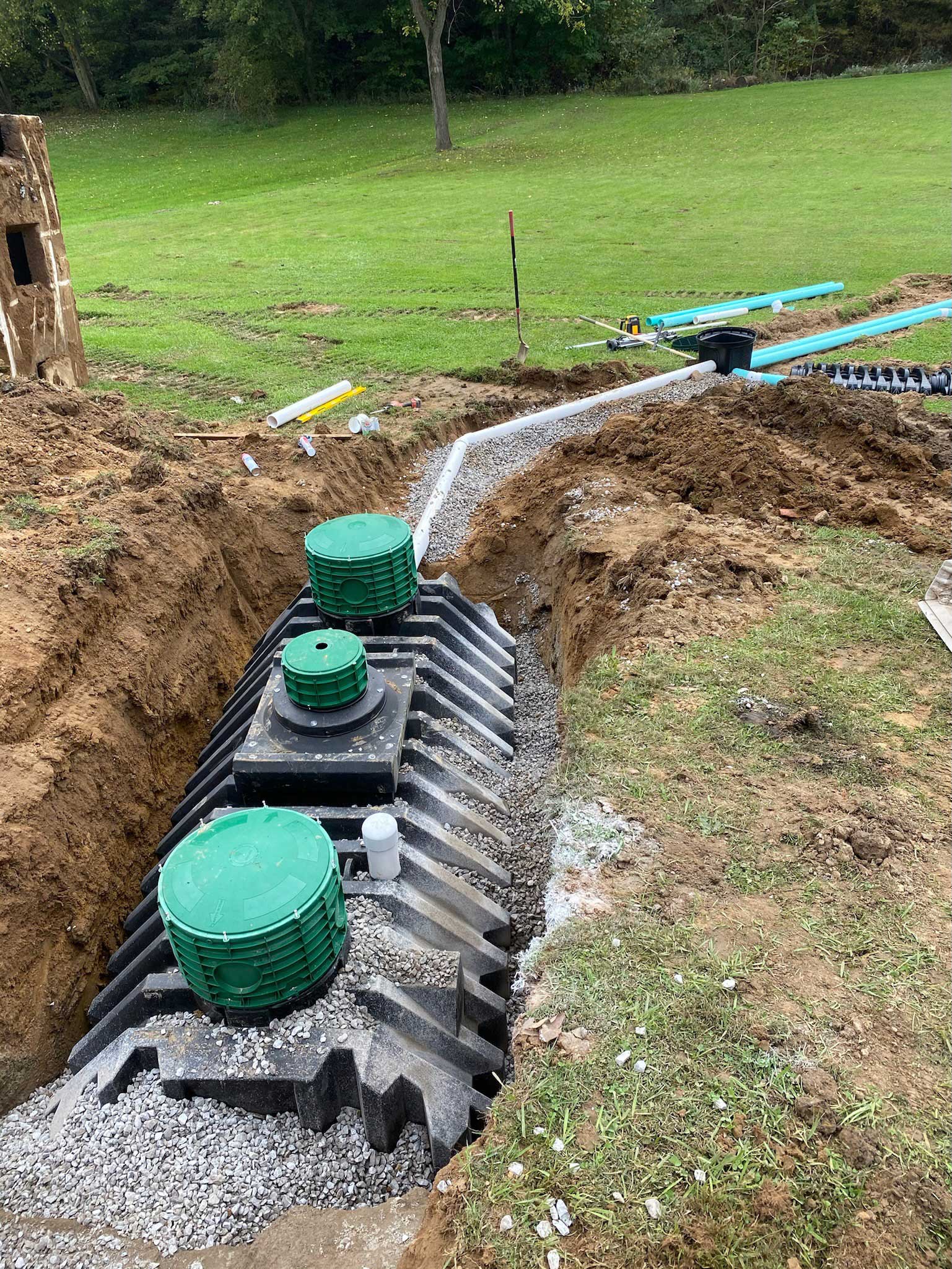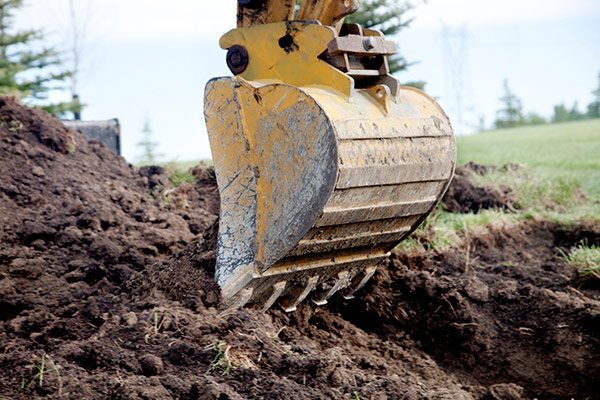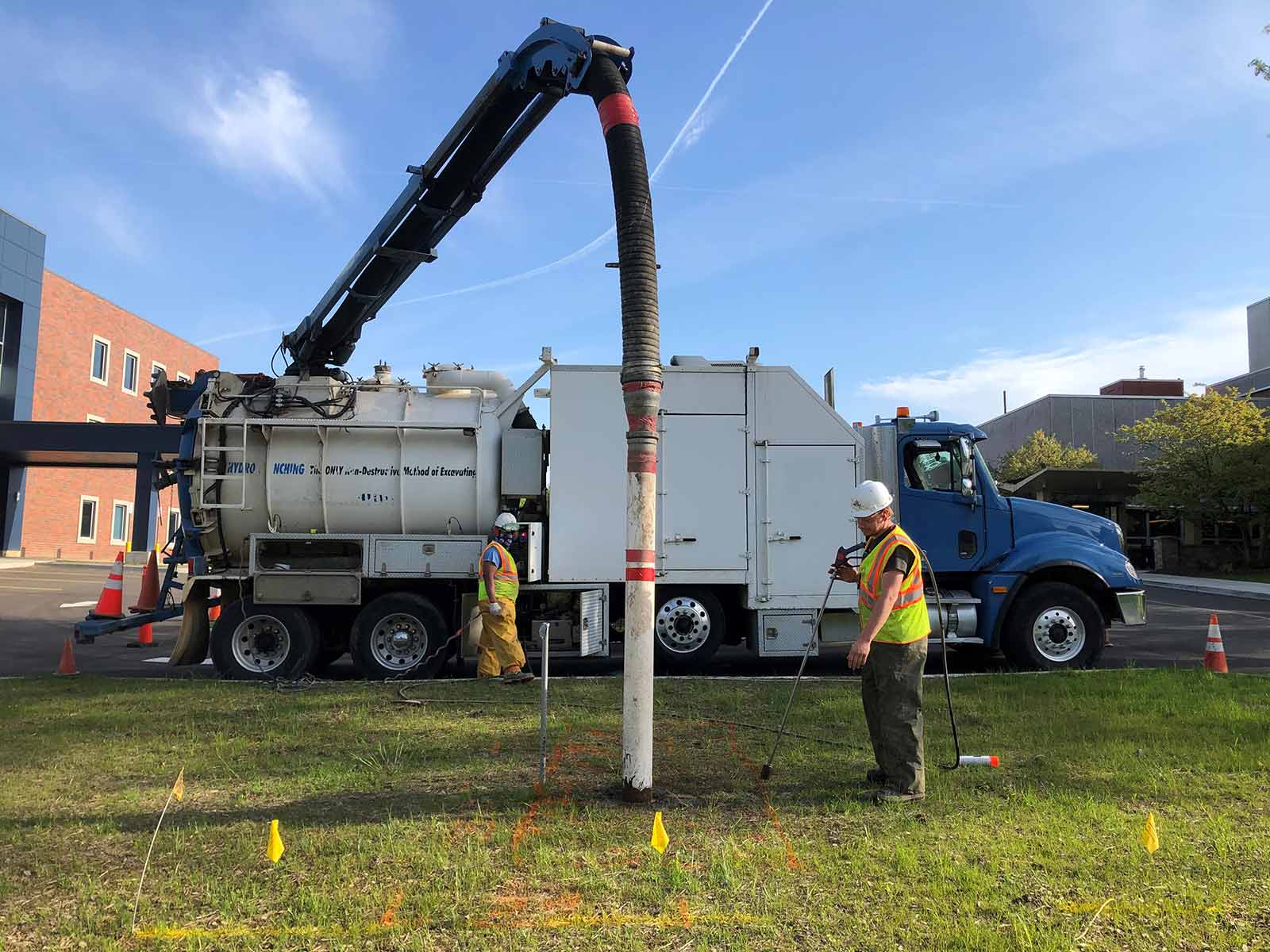Lancaster Trenching - Specialist Trenching Solutions in Lancaster, Ohio
Lancaster Trenching - Specialist Trenching Solutions in Lancaster, Ohio
Blog Article
Comprehensive Excavation Methods: Mastering the Fundamentals for Success
The cautious planning, precise execution, and thorough attention to detail called for in excavation projects demand a comprehensive technique that encompasses different essential elements. The true proficiency exists not just in recognizing these fundamentals however in seamlessly integrating them to navigate the intricacies of excavation jobs with finesse.
Comprehending Excavation Task Planning

The first phase of any type of excavation job is the preparation stage, where crucial decisions are made that can substantially influence the outcome of the job. Comprehending the task spending plan, timeline, and extent constraints is critical for creating an extensive excavation plan that guarantees the task's success.
One trick facet of excavation job planning is the development of a comprehensive timeline that describes the sequence of tasks, due dates, and landmarks. This timeline functions as a roadmap for the task group, allowing them to track progression and make necessary modifications to ensure the project remains on timetable. Additionally, a well-defined budget plan that represents all costs, including tools service, labor costs, and products, is important for preventing price overruns and delays. By very carefully considering all these variables throughout the drawing board, excavation projects can be carried out efficiently and successfully, bring about effective end results.
Soil Analysis and Site Evaluation
Performing comprehensive soil evaluation and site analysis is a vital action in the prep work stage of any type of excavation project. Soil analysis involves establishing the structure, framework, and properties of the dirt at the excavation website. This details is essential for recognizing the dirt's bearing capability, moisture content, and potential for disintegration, which are essential variables in determining the excavation methods and equipment required for the task.
Website examination surpasses soil evaluation and incorporates a more comprehensive assessment of the total website problems. This examination includes determining any kind of potential threats, such as underground energies, environmental problems, or unsteady surface, that can influence the excavation procedure. By completely evaluating the site, project managers can develop effective excavation strategies that prioritize safety and security, efficiency, and environmental management.
Making use of advanced modern technologies like ground-penetrating radar, soil tasting, and drone studies can boost the accuracy and effectiveness of dirt evaluation and website analysis. Spending time and resources in these initial steps can inevitably conserve time and prevent expensive hold-ups or issues during the excavation procedure.
Tools Choice and Application
Reliable excavation projects rely greatly on critical devices choice and application to ensure ideal efficiency and productivity. Choosing the right devices for the job is vital in taking full advantage of performance and lessening downtime. Aspects such as the type of soil, depth of excavation, and task scope play a considerable function in identifying one of the most suitable tools for the job available.

Along with choosing the proper devices, appropriate use is key to task success. Operators should be trained to handle the tools securely and effectively - excavating ohio. Normal upkeep checks and prompt repair services aid prevent malfunctions and ensure constant performance throughout the project
Precaution and Laws Conformity
In the realm of excavation jobs, prioritizing precaution and compliance with policies is vital to making sure a legitimately audio and protected functional setting. Precaution incorporate an array of methods, consisting of carrying out detailed website assessments, carrying out correct signage and barriers, and supplying sufficient safety and security training for all workers associated with the excavation procedure. Adherence to laws, such as OSHA demands in the United States, makes sure that the excavation job meets the essential standards to protect employees, onlookers, and the surrounding atmosphere.

Tracking Progression and Adjusting Techniques
How can project supervisors efficiently track the improvement of excavation projects and adjust their approaches accordingly to enhance end results? Monitoring progression is page necessary for ensuring that excavation tasks remain on track and satisfy target dates. Job supervisors can use various devices and strategies to track progression, such as day-to-day progression reports, normal website inspections, and advanced tracking technologies like drones and general practitioners tracking systems. By constantly keeping track of the project's advancement, supervisors can recognize any prospective delays or issues early and take positive actions to resolve them.

Conclusion
Finally, understanding the fundamentals of comprehensive excavation strategies is necessary for the success of any project. By comprehending job preparation, analyzing dirt and website problems, picking suitable devices, adhering to security guidelines, and keeping track of progression, job supervisors can make sure a smooth and reliable excavation process. Implementing these approaches will result in effective results and reduce possible dangers or troubles during the excavation project.
The initial phase of any kind of excavation task is the planning stage, where critical decisions are made that can dramatically impact the result of the page task. Understanding the job budget plan, extent, and timeline constraints is vital for developing a comprehensive excavation strategy that ensures the project's success.
Just how can predict supervisors properly track the development of excavation projects and adjust their methods accordingly to enhance end results? By closely keeping an eye on progression and being eager to adapt strategies, job supervisors can enhance the overall success of excavation tasks.
By comprehending project planning, analyzing dirt and website conditions, selecting ideal see equipment, conforming with safety regulations, and keeping track of development, job managers can guarantee a effective and smooth excavation process.
Report this page